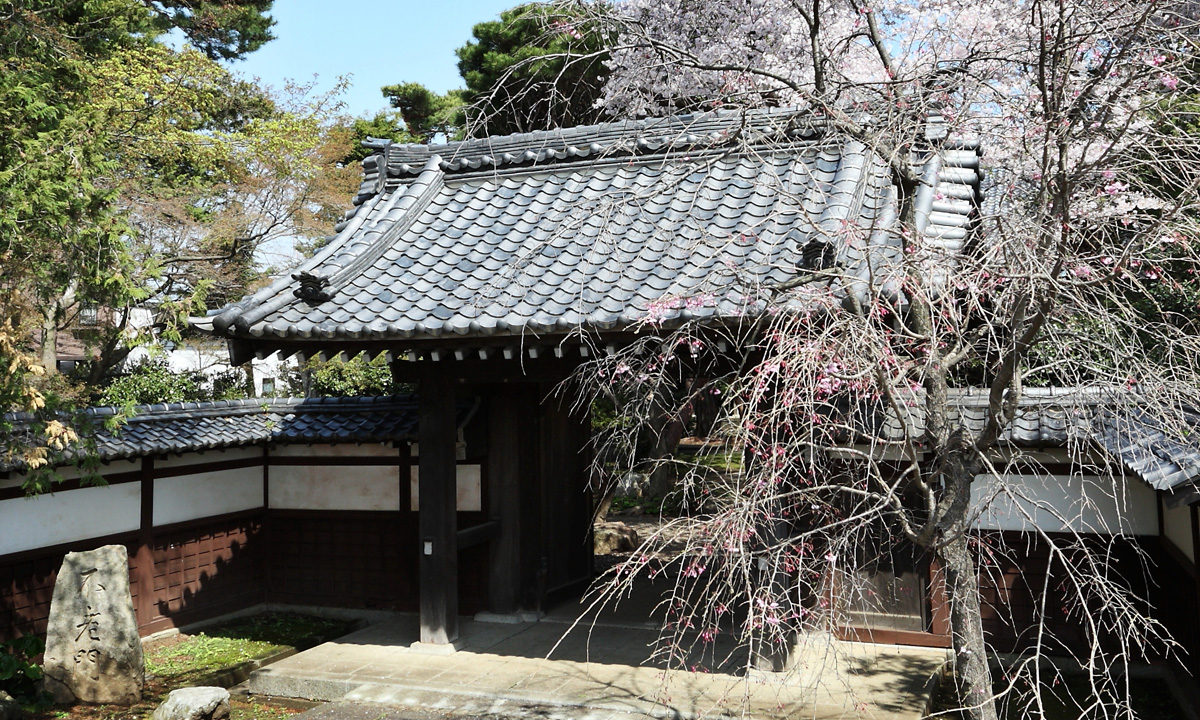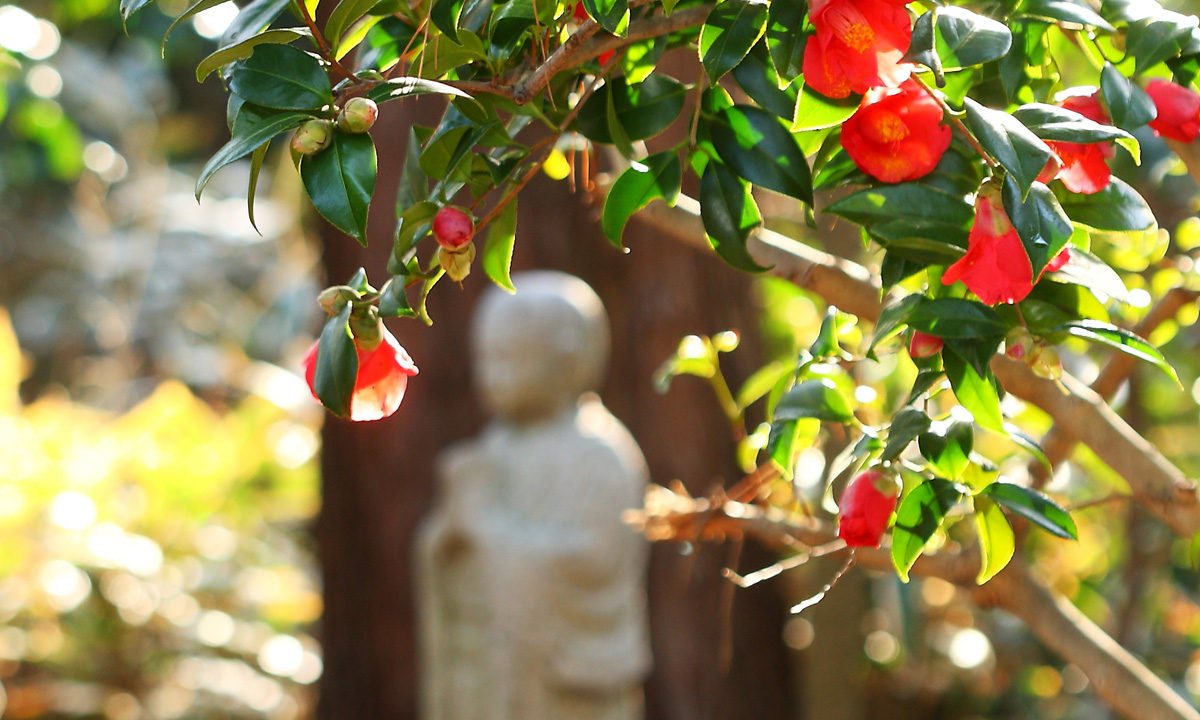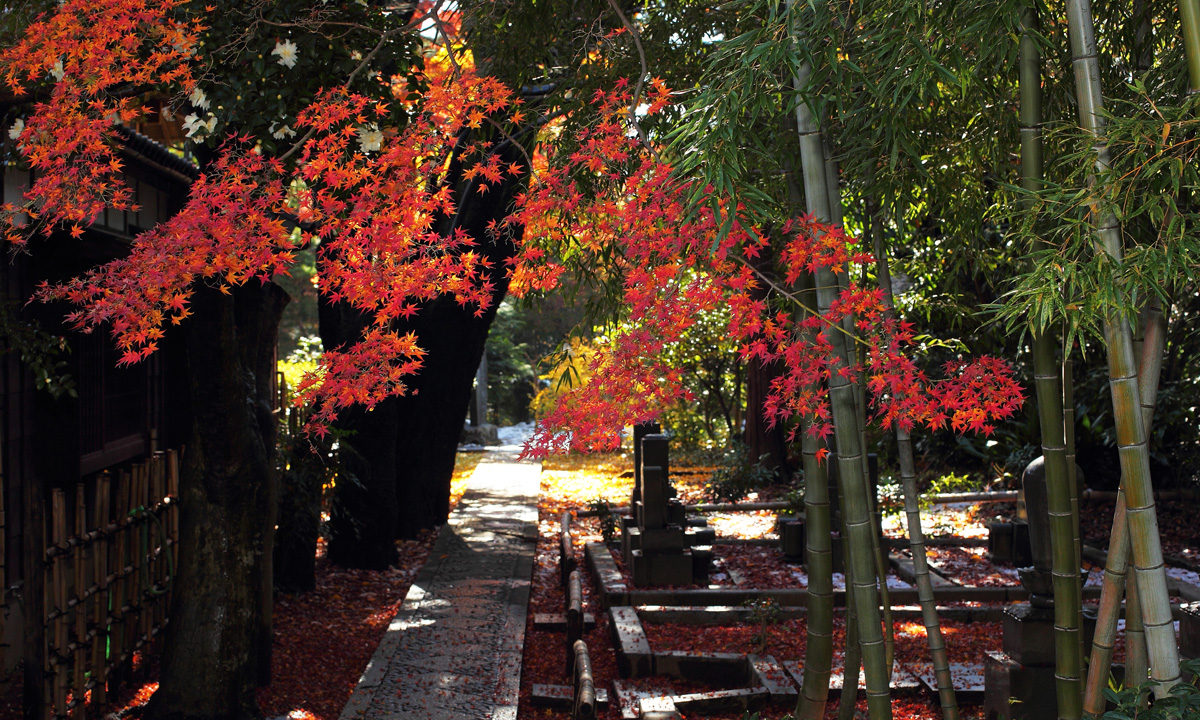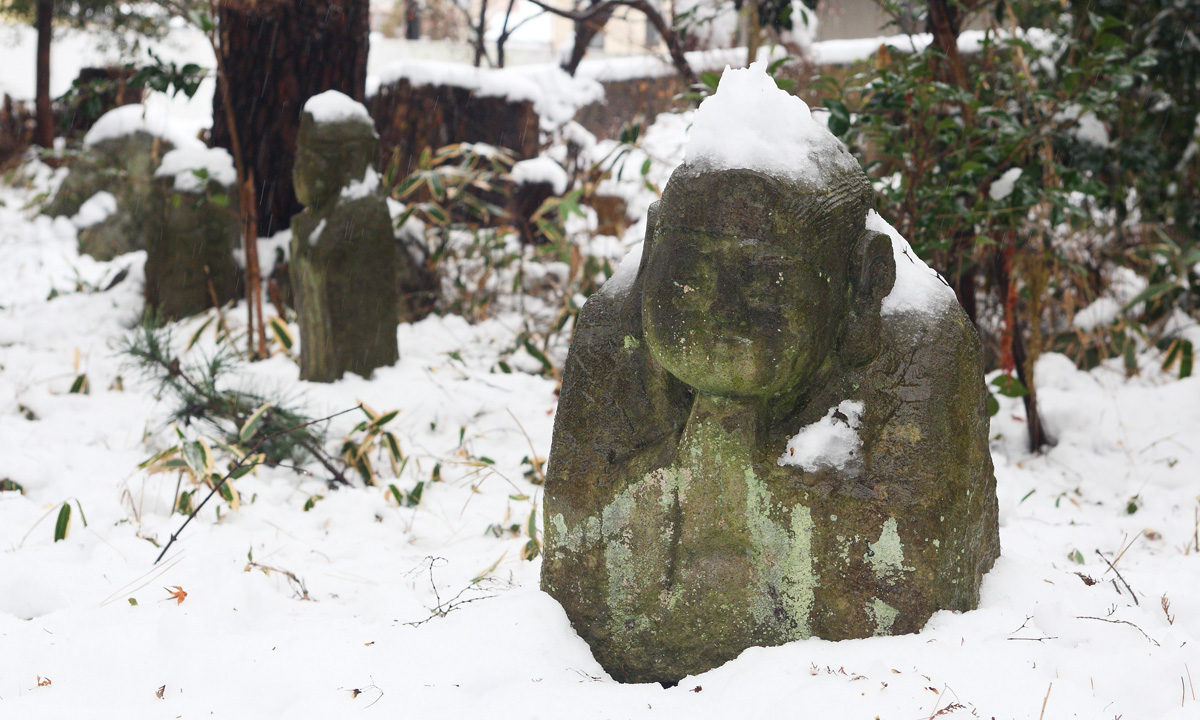Zen Buddhism
Zen is one school of Mahayana Buddhism. In Japan, there are 3 schools of Zen: Rinzai, Sōtō, and Ōbaku. Zen practice revolves around the idea that a meditation-centered training reveals the true nature of the mind, and leads one to enlightenment. The teachings focus on the following:
- Seeking truths outside of the teachings (kyōge-betsuden 教外別伝)
- Rejecting dependence on words and letters (furyu-monji 不立文字)
- Looking directly to the human mind (jikishi-ninshin 直指人心)
- Discovering self-nature to attain Buddhahood (kenshō-jōbutsu 見性成仏)
Zen (or Chan) spread to in China in the early 6th century, brought there by Bodhidharma. In the 7th century, Zen branched into the Southern School founded by Huineng the Sixth Patriarch, and the Northern School founded by Shenxiu. Monk Huineng’s two foremost students, Qingyuan and Nanyue, further developed the Southern School. Nanyue’s school of thought became the Rinzai school, while Qingyuan’s school of thought became the Sōtō school.
At the start of the Kamakura Era (ca. 1200AD), Monk Eisai brought the Rinzai school to Japan, and Monk Dōgen brought the Sōtō school. In the Edo Era (ca. 1600AD), Monk Ingen brought the Ōbaku school.
Japan’s school of Rinzai as it exists today was established in the Edo Era (ca. 1700) by Hakuin Ekaku. He emphasized the importance of kōan training, or question-and-answer dialogues, and created his own kōan dialogues. Famous among these is the sekishu-onjō (隻手音声), in which he claps his hands then asks, “Which hand made the noise?”
In contrast to the Rinzai school, where meditation centers around kōan dialogues, Japan’s school of Sōtō teaches shikan-taza (只管打坐), or that meditation itself is enlightenment. The most visible difference is in the way that the two schools meditate. In the Rinzai school, meditators sit facing the walkway; in the Sōtō school, meditators sit facing the wall.




